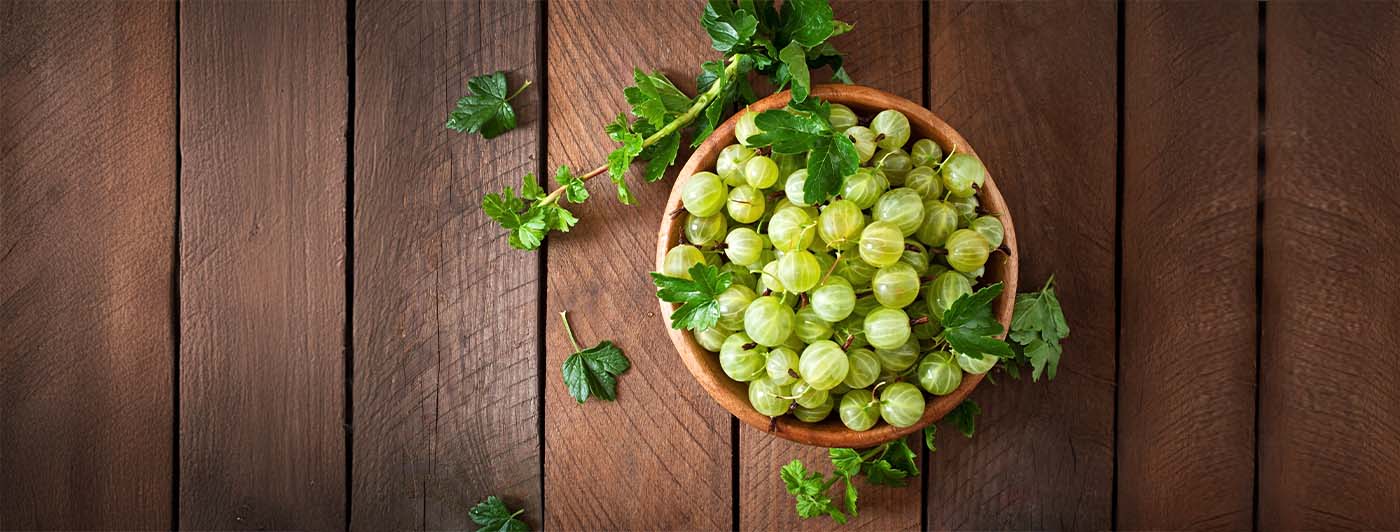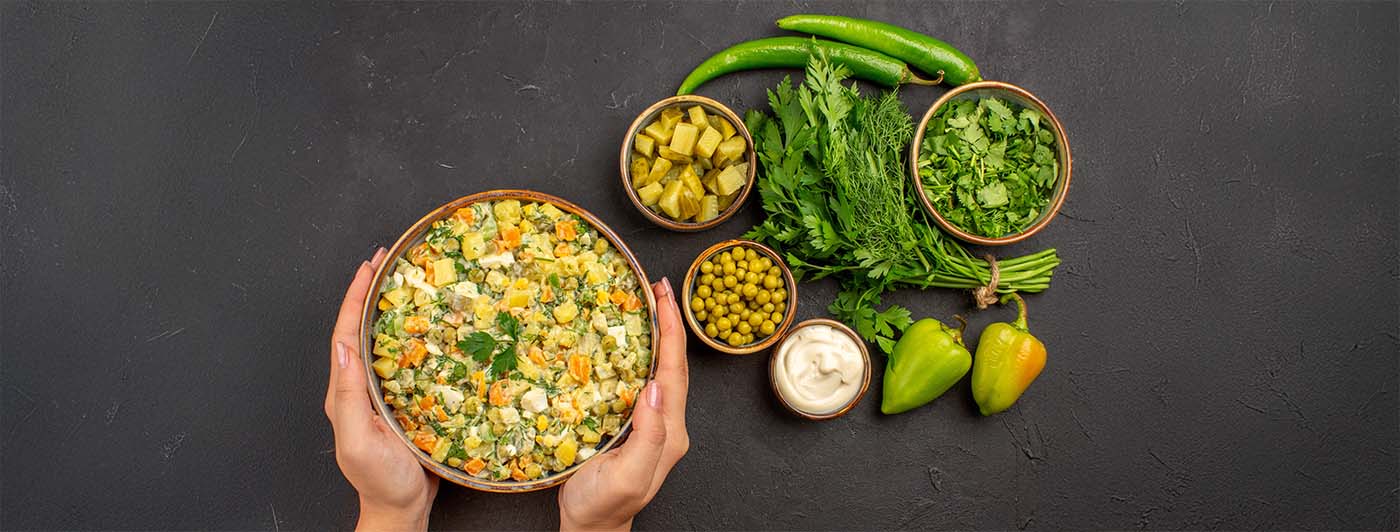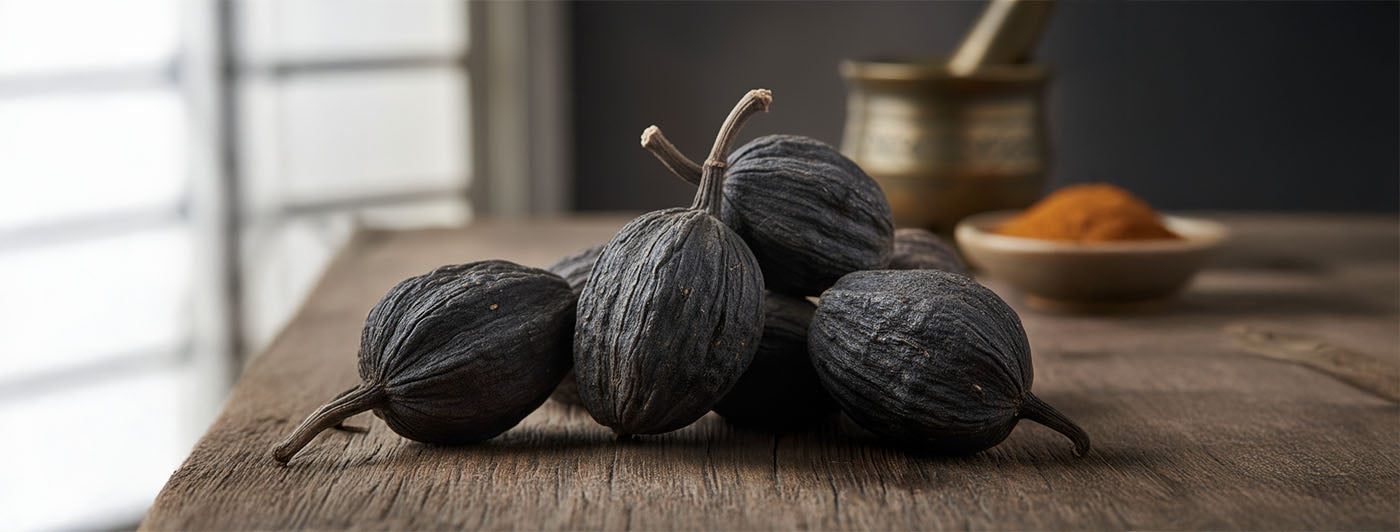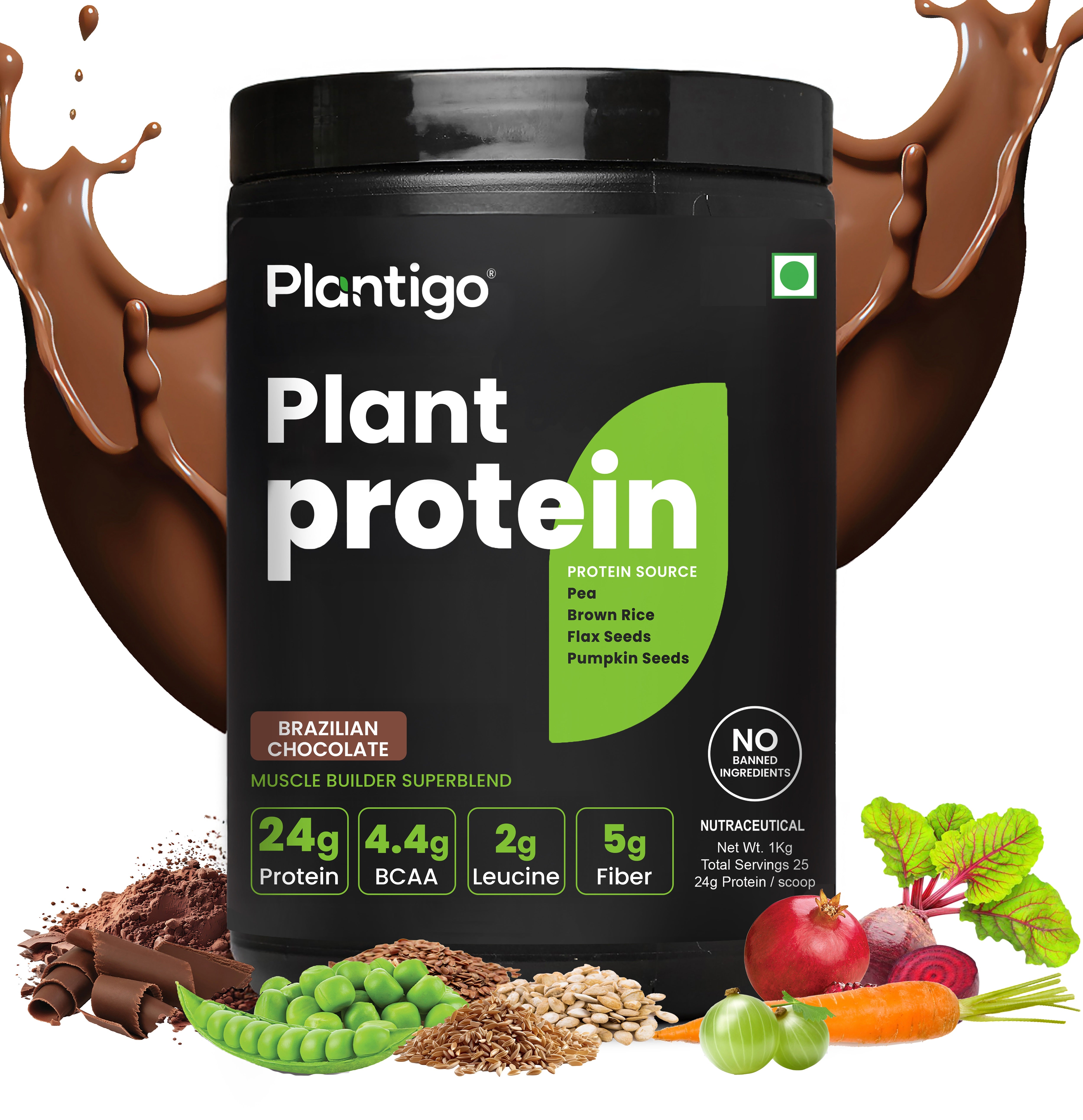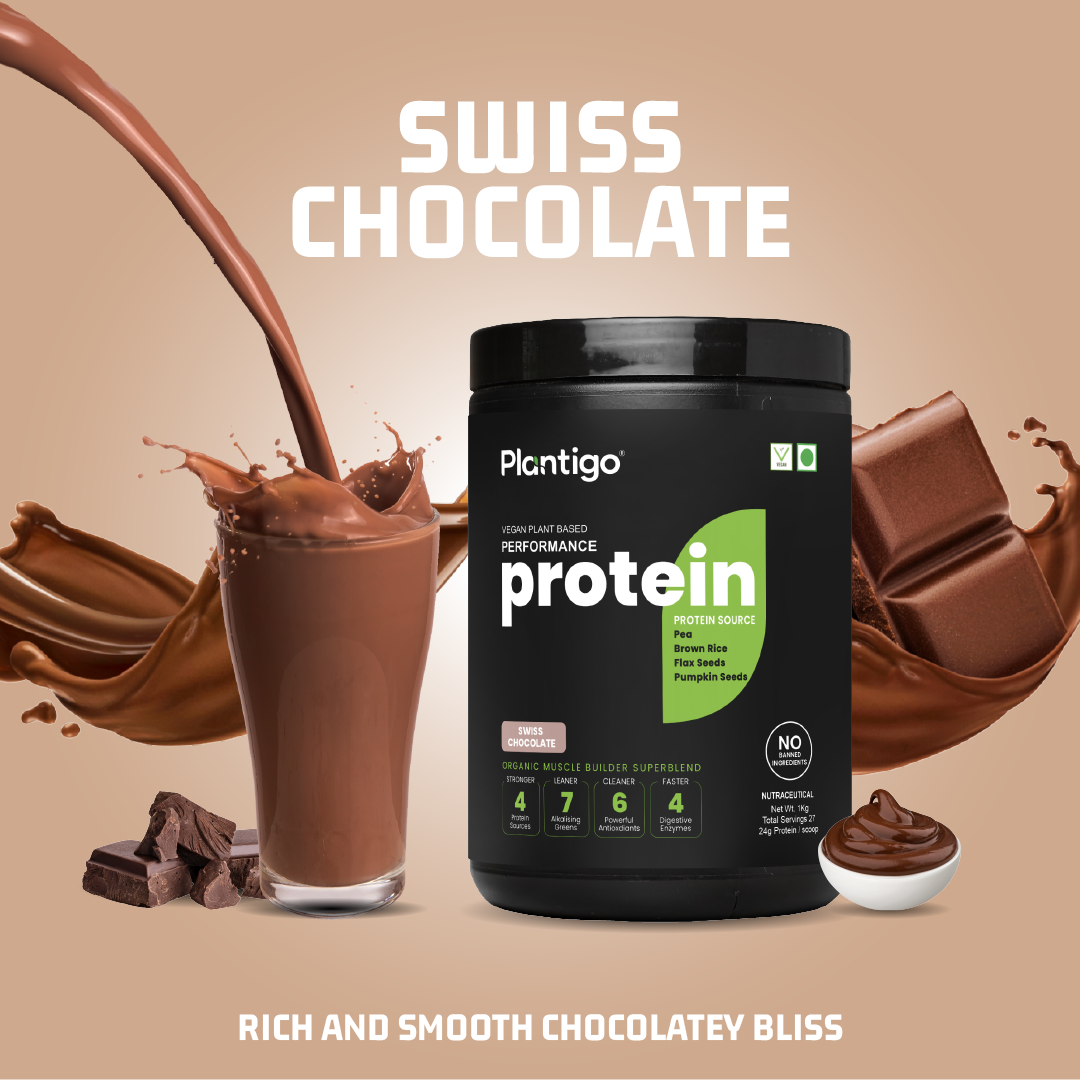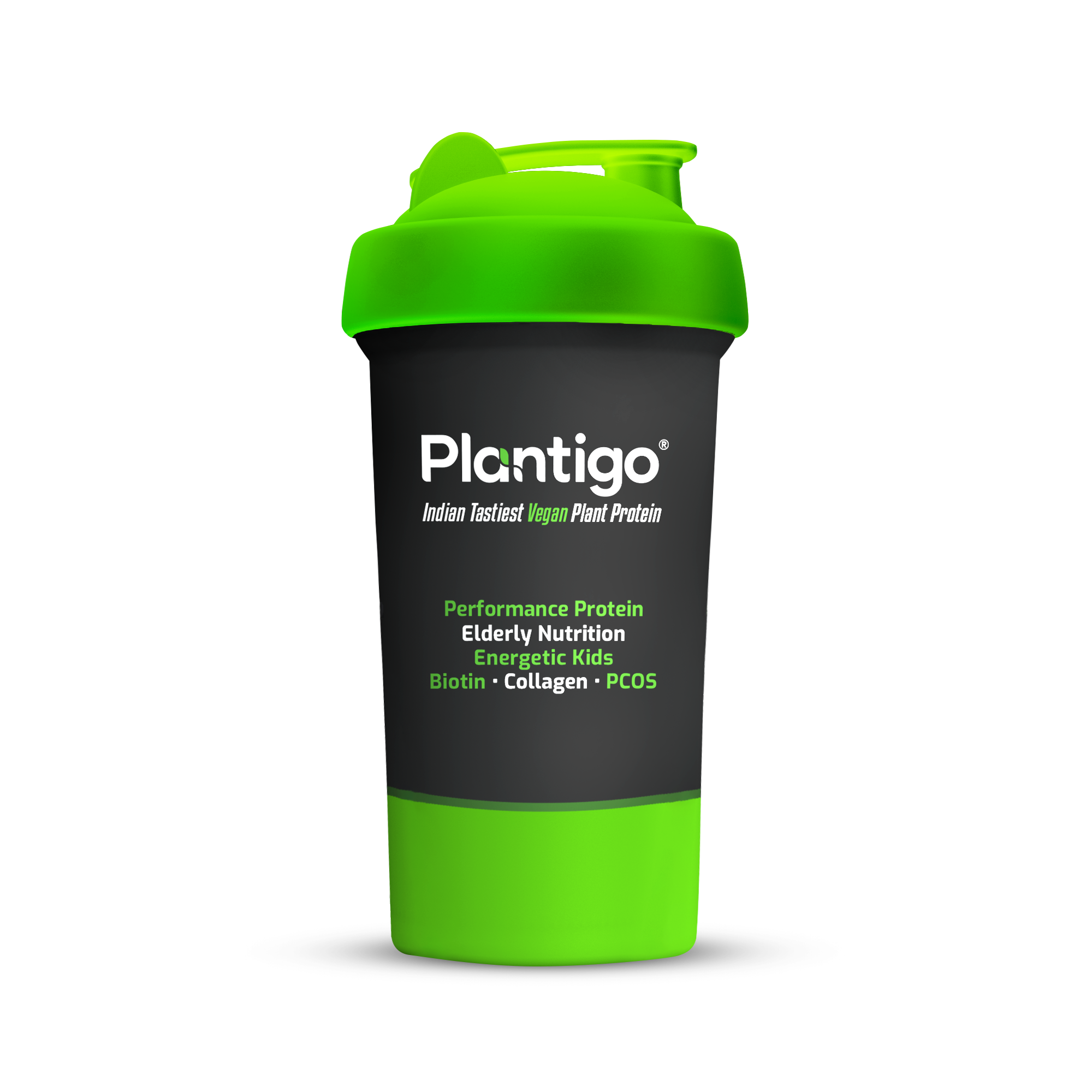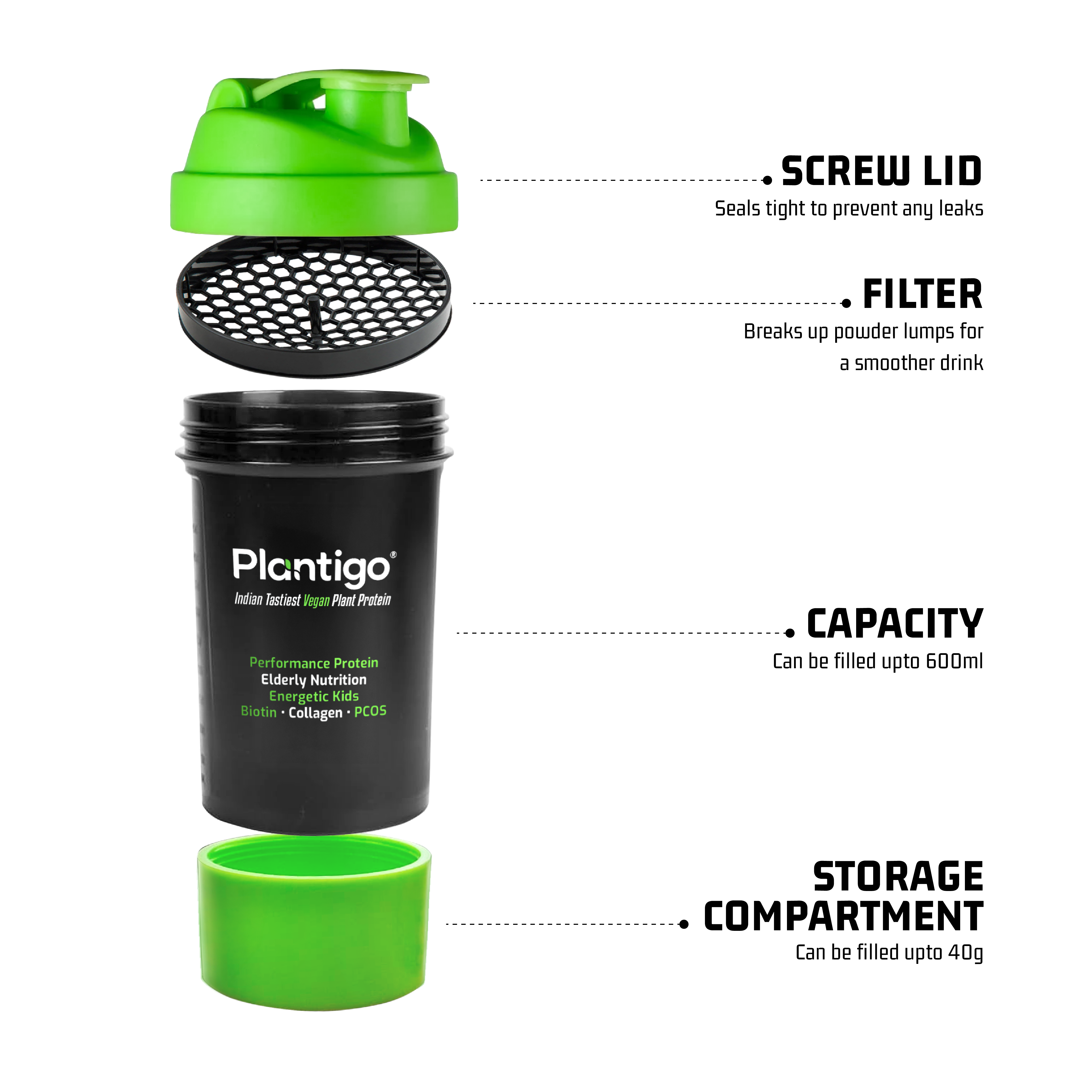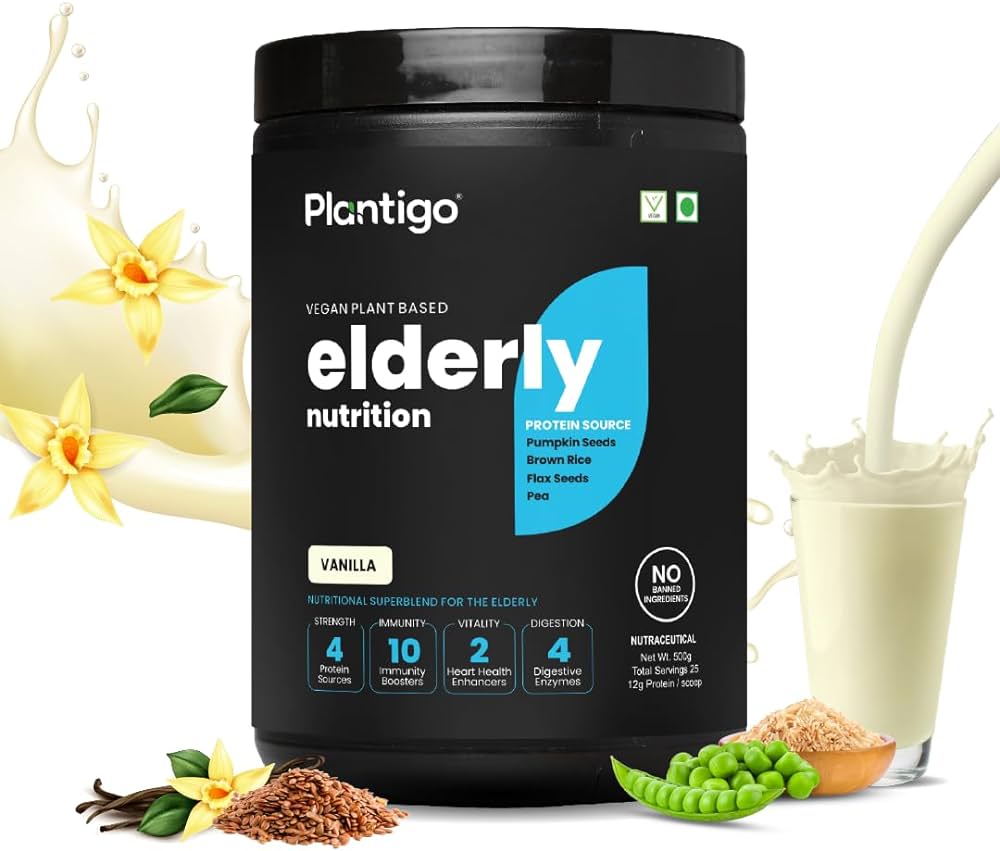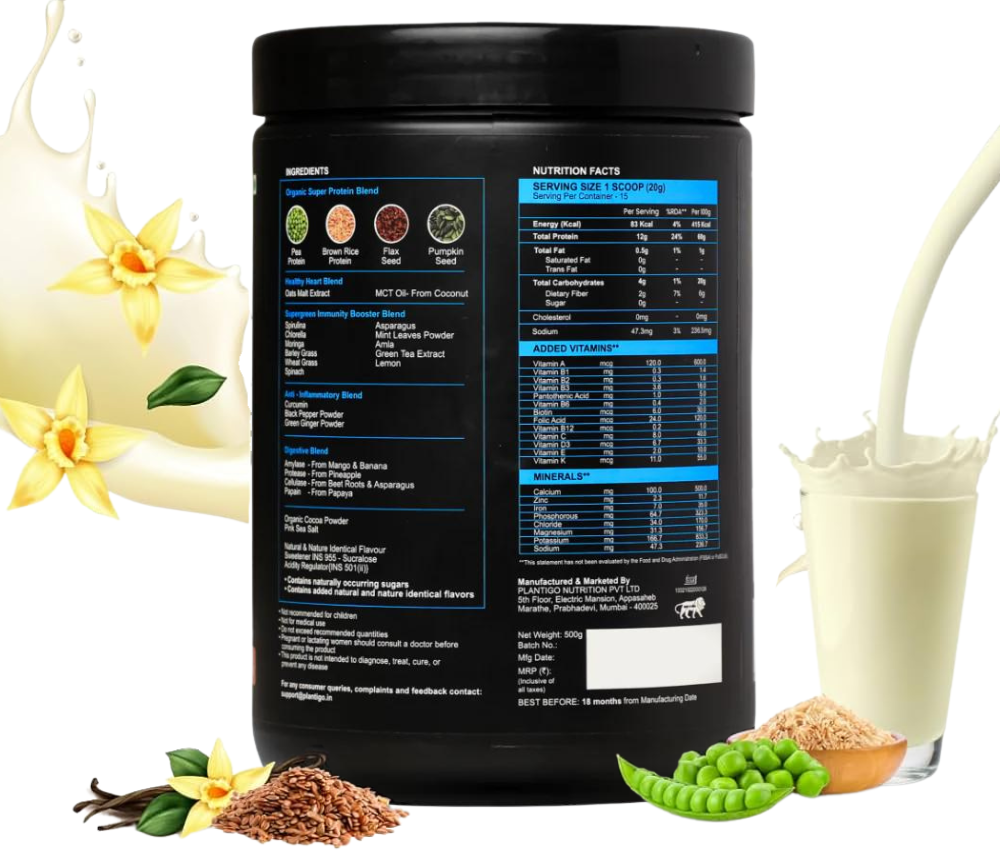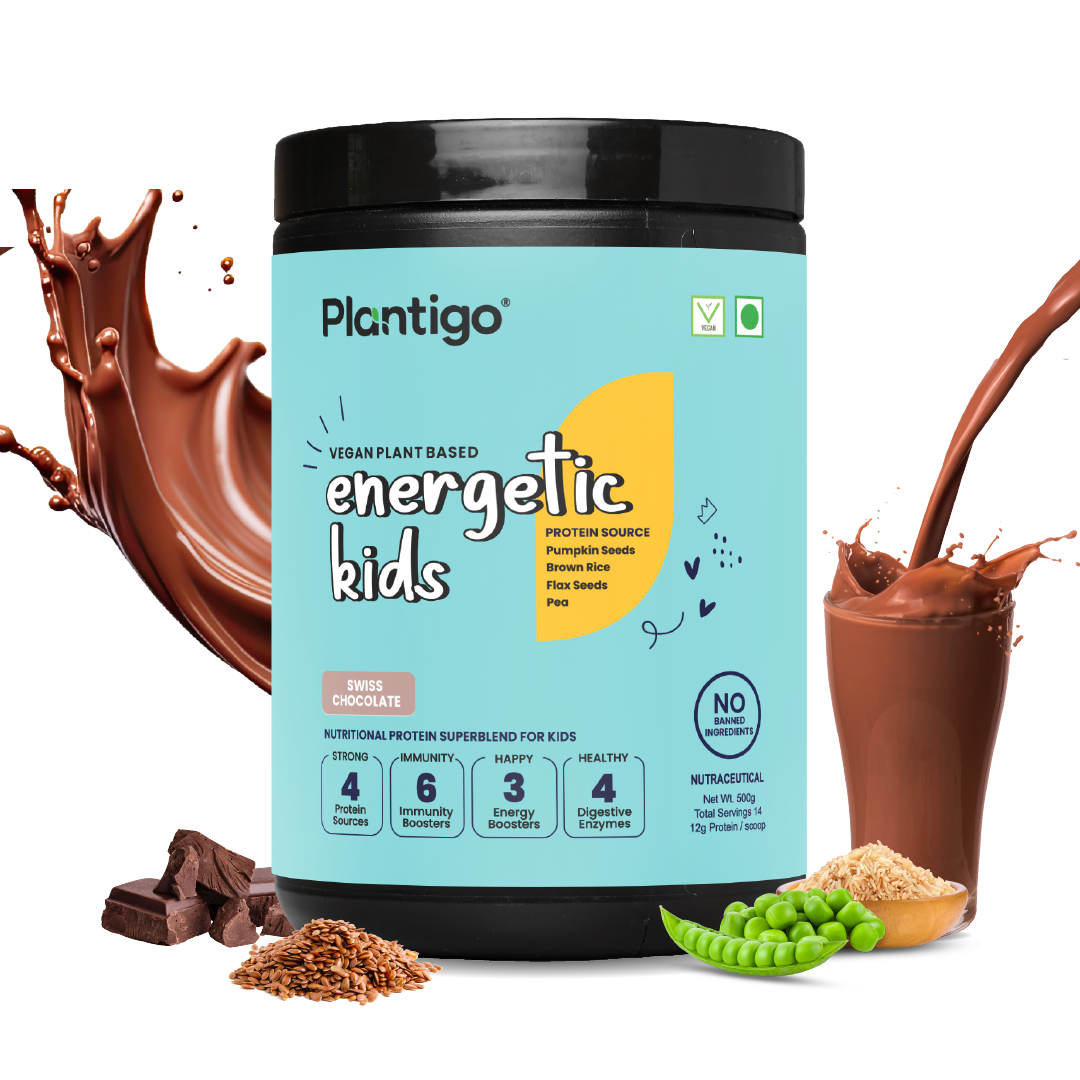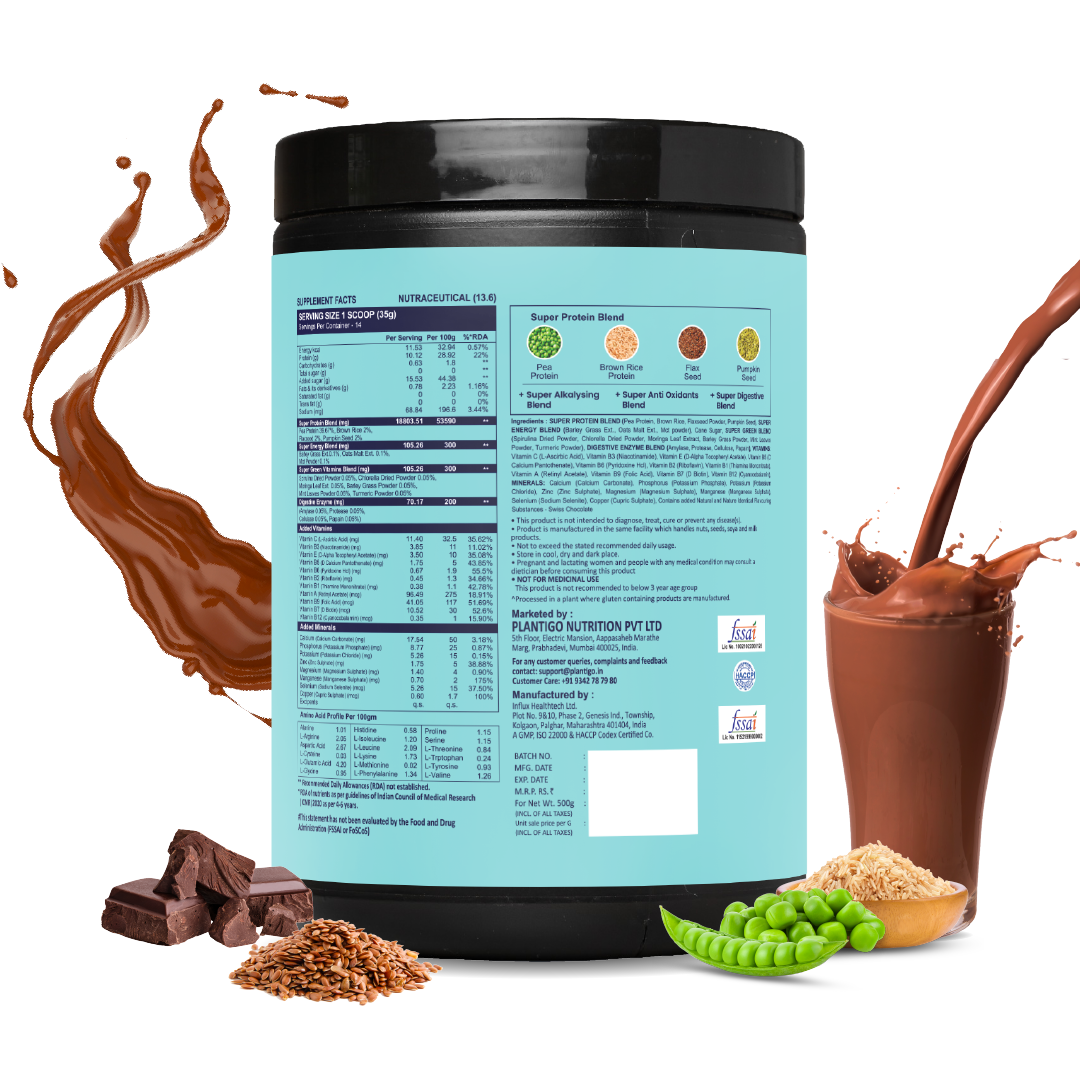Have you ever wondered why some people’s hair seems to grow effortlessly thick, strong, and shiny — even without expensive treatments or salon visits? The secret often lies in ancient nutrition and nature’s own chemistry. One of the most powerful natural ingredients known for this is amla (Indian gooseberry) — a true superfruit that bridges traditional Ayurveda and modern science.
Revered for centuries and now validated by research, amla is loaded with antioxidants, essential vitamins, and minerals that rejuvenate the scalp and strengthen follicles from root to tip. When paired with a diet rich in plant protein, it becomes a potent formula for restoring hair growth, enhancing shine, and preventing thinning.
In this article, we’ll explore seven scientifically proven amla benefits for hair, uncovering how this nutrient-dense fruit nurtures your scalp, stimulates growth, and transforms the overall health and appearance of your hair.
The Science Behind Amla’s Hair Miracle
From a biochemical perspective, the secret behind amla benefits for hair lies in its unique blend of antioxidants, vitamins, and phytonutrients:
-
Vitamin C boosts collagen synthesis and improves iron absorption.
-
Polyphenols like tannins protect against UV and chemical damage.
-
Amino acids support keratin formation — the core structural protein of hair.
-
Flavonoids enhance microcirculation to nourish follicles.
Studies have shown that amla extract stimulates dermal papilla cells (the cells responsible for hair follicle growth) and prolongs the anagen (growth) phase of the hair cycle.
7 Scientifically Proven Amla Benefits for Hair
1. Boosts Hair Growth
One of the most vital amla benefits for hair is its ability to stimulate blood circulation in the scalp. Amla is rich in phytonutrients, vitamins (especially Vitamin C), and minerals that strengthen hair follicles and promote new growth. Vitamin C improves collagen production — a key structural protein for hair shaft formation. Research shows that increased scalp circulation delivers more oxygen and nutrients to follicles, encouraging faster and healthier hair growth.
When amla oil or powder is massaged onto the scalp, it improves follicular microcirculation, resulting in thicker strands over time. That’s why Ayurvedic treatments often pair amla with other growth stimulants like bhringraj and fenugreek seeds for synergistic results.
2. Prevents Hair Fall
Another major amla benefit for hair is its remarkable strengthening ability. Hair fall often occurs due to weak roots or poor follicle nourishment. Amla benefits for hair by delivering antioxidants that fight oxidative stress — one of the primary culprits behind thinning and premature shedding.
Regular application of amla oil reduces follicular inflammation and strengthens the hair shaft. Studies suggest that amla extract inhibits 5-alpha-reductase — an enzyme linked to hair loss in both men and women.
A balanced diet also supports follicle strength. Including moringa seeds and selenium rich foods such as Brazil nuts or sunflower seeds provides essential minerals that work alongside amla to reduce hair fall, further amplifying the overall amla benefits for hair.
3. Thickens Hair
The collagen-boosting property is one of the most underappreciated amla benefits for hair. Collagen is the protein responsible for elasticity and strength not only in skin but also in hair follicles. As we age, collagen levels decline, leading to thinning and breakage.
Consuming amla or applying amla oil helps replenish Vitamin C and amino acids needed to produce pro-collagen. Over time, this results in visibly thicker hair strands with better texture and density. When combined with a diet that includes plant protein and creatine rich foods like fish, quinoa, or pumpkin seeds, amla’s effects are amplified.
4. Delays Greying
Premature greying is a sign of oxidative stress and melanin loss in hair follicles. Amla’s high antioxidant capacity, particularly from compounds like ellagic acid and gallic acid, helps preserve natural pigment.
This is one of the most fascinating amla benefits for hair — it naturally supports melanin rich foods in maintaining the pigment cells that give your hair its color. The regular use of amla oil acts as a shield against environmental toxins, UV exposure, and chemical damage that accelerate greying.
For those looking for natural alternatives, combining amla with curry leaves or hibiscus enhances melanin production even further.
5. Adds Shine
Amla acts as an exceptional natural conditioner, sealing moisture into the hair shaft and smoothing cuticles. This not only improves shine but also minimizes frizz and dryness. The fatty acids in amla oil nourish the scalp, while its vitamin content rejuvenates dull, brittle hair.
Among the amla benefits for hair, this one is particularly appreciated by people dealing with dryness from chemical treatments or heat styling. When used regularly, amla forms a protective coating around strands, reducing split ends and improving elasticity.
Pairing amla masks with oats for weight gain can also add a nutritional edge — oats are rich in zinc and iron, supporting overall hair texture and shine.
6. Fights Dandruff
Healthy hair begins with a healthy scalp, and one of the most effective amla benefits for hair is its ability to balance scalp pH and fight dandruff. Its antimicrobial and anti-inflammatory properties help reduce yeast overgrowth — a common cause of flakiness.
Amla’s natural astringent qualities keep excess oil under control while ensuring the scalp doesn’t dry out completely. This balanced environment supports stronger follicles and prevents buildup that can block hair growth.
To boost scalp health, combine amla powder with neem or tea tree oil and apply weekly. This detoxifies the scalp while maintaining hydration levels.
7. Protects from Damage
Our hair is constantly under assault from pollution, UV rays, and nutrient deficiencies. Amla works as a natural shield. It contains powerful antioxidants that neutralize free radicals — molecules that damage hair proteins and lipids.
Nutritionally, amla benefits for hair extend beyond topical use. Consuming amla juice or powder enriches your body with Vitamin C, iron, and essential nutrients. A well-rounded diet with which dal has highest protein (moong dal and urad dal) complements amla by providing amino acids that strengthen hair structure.
Adding plant based protein powder or a pea protein powder to your routine also supports keratin production, while even simple foods like 1 guava (calories ~37) boost your Vitamin C intake to enhance amla’s protective effects.
How to Use Amla for Maximum Hair Benefits
To experience the complete range of amla benefits for hair, you can use it in several forms:

-
Amla Oil: Warm it slightly and massage into the scalp 2–3 times a week. Leave overnight for deeper penetration.
-
Amla Hair Mask: Mix amla powder with coconut milk, aloe vera, or hibiscus powder to create a nourishing paste.
-
Amla Juice: Drinking fresh amla juice daily improves internal nutrient delivery to follicles.
-
Amla Capsules or Extracts: For convenience, standardized supplements can provide consistent antioxidant support.
-
Consistency is key — visible improvements in thickness and volume often appear after 8–10 weeks of regular use.
Nutritional Pairings That Amplify Amla’s Effects
While amla is powerful on its own, combining it with nutrient-dense foods can magnify its hair benefits. For instance:
-
Which dal has highest protein? Moong dal and urad dal top the list — their amino acids complement amla’s collagen-boosting properties.
-
Oats for weight gain also contribute slow-release energy and micronutrients, helping support the metabolism that drives healthy hair growth.
-
Incorporate moringa seeds, rich in iron and zinc, for stronger roots.
-
Try adding plant based protein powder to your smoothies, as hair thrives on balanced protein intake.
-
Curious about daily protein needs? Use a protein intake calculator to track your nutritional goals.
For those who prefer a more specialized source, a pea protein powder offers a complete amino acid profile that supports both muscle and hair development without relying on animal sources.
Even a fruit like 1 guava (calories ~37) adds Vitamin C, reinforcing amla’s antioxidant power for thicker, healthier hair.
Lifestyle and Dietary Tips to Complement Amla
-
Stay Hydrated: Proper hydration ensures nutrient transport to hair roots.
-
Avoid Harsh Chemicals: Limit sulfates and silicones that can counteract the effects of amla.
-
Eat a Balanced Diet: Include iron, zinc, biotin, and plant protein to prevent deficiencies.
-
Exercise Regularly: Physical activity improves circulation to the scalp.
-
Protect from UV Exposure: Cover hair or use natural oils when in harsh sunlight.
These simple steps, combined with regular use of amla, can significantly improve scalp health and hair vitality.
Final Thoughts
In a world full of quick-fix serums and chemical treatments, amla stands out as a time-tested, scientifically backed remedy. The many amla benefits for hair — from boosting growth and reducing hair fall to delaying greying and adding thickness — make it one of nature’s best solutions for lasting hair health.
Whether you use it as oil, drink its juice, or add it to your diet, amla nourishes your hair from root to tip. And when paired with nutrient-rich foods like creatine rich foods, selenium rich foods, moringa seeds, and clean plant based protein powder such as Plantigo Plant Protein, the results are even more powerful.
True hair transformation isn’t instant — it’s built through steady nourishment and care. Start by making amla part of your daily routine, complement it with balanced nutrition, and watch your hair regain its natural strength, shine, and fullness.
Frequently Asked Questions
1. How does amla help in hair growth?
Amla boosts scalp circulation, delivering oxygen and nutrients to hair follicles. Its Vitamin C and antioxidants promote collagen production, which strengthens roots and supports faster, thicker hair growth.
2. Can I use amla on my hair every day?
Using amla oil or juice 2–3 times a week is ideal. Daily use may make the scalp overly oily. For best results, pair it with a balanced diet rich in plant protein and minerals like iron and zinc.
3. Does amla stop hair fall permanently?
Amla helps reduce hair fall by strengthening follicles and reducing oxidative stress. While it can significantly minimize hair loss, long-term results depend on consistency, diet, and lifestyle.
4. Can eating amla improve hair health?
Yes, consuming fresh amla or juice improves internal nutrient delivery. It provides Vitamin C, iron, and amino acids that complement external care and enhance overall amla benefits for hair.
5. Which is better for hair — amla oil or amla juice?
Both are beneficial. Amla oil nourishes the scalp externally, while amla juice works internally to strengthen hair from within. Combining the two gives the best, holistic results.

